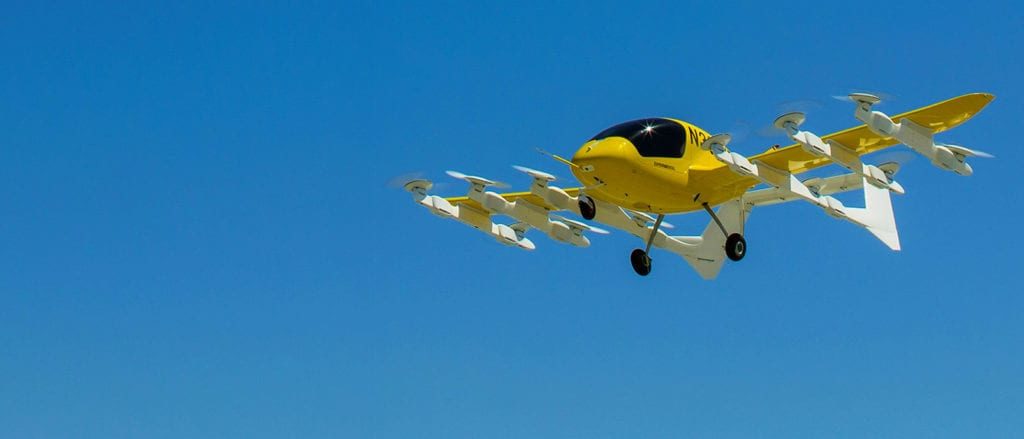EASA and FAA agree: Proving safety must be the path to autonomous flight
By Paul Brinkmann|June 29, 2022
Companies are in a rush, but FAA advocates “crawl, walk, run”
AIAA AVIATION FORUM, Chicago — Those who plan to carry passengers in autonomous versions of the coming breed of small electric aircraft can only win public acceptance by accumulating a test flight history of safety that includes abundant, accurate data, officials from the U.S. and European aviation regulatory agencies said here Wednesday.
“The public demands safety. They are not interested in engaging if the risks are too high,” Mel Johnson, FAA director of compliance and airworthiness, said during a speech here at the annual forum put on by the American Institute of Aeronautics and Astronautics, Aerospace America’s publisher.
The companies pioneering the new mode of transportation have taken two opposing stances on the question of autonomy. San Francisco-based Wisk Aero is pursuing fully autonomous aircraft even though there is currently no FAA certification path for them. Others, including Joby Aviation, also based in California, plan to roll out piloted aircraft in the next few years while they lay longer-term plans for autonomous flight. Some companies may choose to keep a pilot on board even if the craft is completely autonomous.
Critics, including the General Aviation Manufacturers Association, have said FAA has hampered progress toward these proposed urban and regional transports, which are a key part of the emerging advanced air mobility market. Johnson said FAA has a “long history” of incorporating new innovations into the aviation industry.
“We are fans of the crawl, walk, run approach,” he said. “Many of these innovative manufacturers are looking at having a pilot on board initially. So I think that’s the approach we want to take.”
During a panel following the speech, a representative of the European Union Aviation Safety Agency echoed Johnson’s comments on autonomy.
Ludovic Aron, EASA’s representative to the United States, said he’d heard people asking whether safety or public perception was the biggest challenge to the emergence of autonomous flight.
“The answer is both,” Aron said. “If you ensure safety, and you demonstrate that, you’ve got it. Social acceptance is there.”
Automation of aircraft systems and pilot functions has already led to increased capacity in passenger and cargo flight, Bob Fox, first vice president and national safety coordinator at the Air Line Pilots Association, noted during the same panel.
But Fox said he doesn’t believe passengers should ever fly without a pilot.
“No matter how robust the design is, we can’t mitigate everything out there,” Fox said. “We just can’t, and we’ve proven that over the years with self-driving cars.”
Fox said autonomy will continue to improve flight, however.
“We’re able to go into the airports where the weather is basically zero visibility and land that airplane, and the capacity just keeps going,” Fox said.
He said autonomy can also help reduce fuel consumption by guiding pilots in extremely congested areas like the greater New York City area to help prevent the need for circling while waiting for landing clearance.
Related Topics
Advanced air mobilityGet the latest news about advanced air mobility delivered to your inbox every two weeks.







